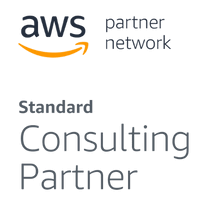You’ve officially made it! We’re almost ready to wrap up our conversation about the Scaled Agile Framework. In case your memory is hazy, I’m a senior consultant and team lead on the Keyhole Software team. I’ve been working with a client who is adopting SAFe, guiding their team and helping to set the right culture for the methodology. I’ve learned a lot about SAFe over the past year, and in this blog series, I’m sharing what I’ve learned with you.
In this final series installment, we’re getting a bit more practical. We’ll start with a quick foray into the benefits and the drawbacks of implementing SAFe (we’re all about balance here). Then, I’ll talk a little more about what it looks like for small teams, and after, I’ll share some tips for devs who find themselves in an organization that uses SAFe. To wrap up, we’ll get down to it; should you implement SAFe on your team? I’ll talk you through a few factors that should help you decide.
Before we get started – if you’re new here, head to Part I (Overview + Core Values) and/or Part II (Core Principles) before proceeding. If you’re caught up, great! I think we’re ready to dive in.










